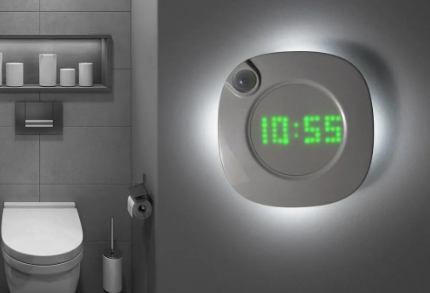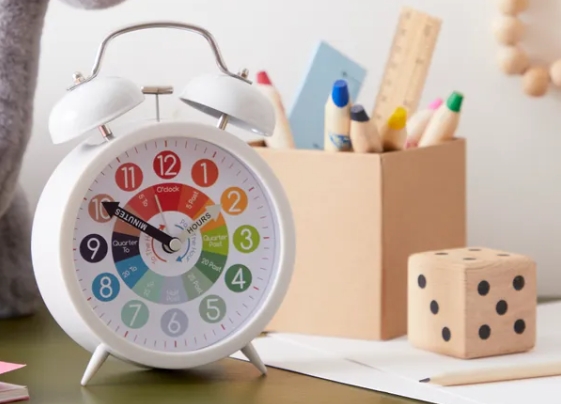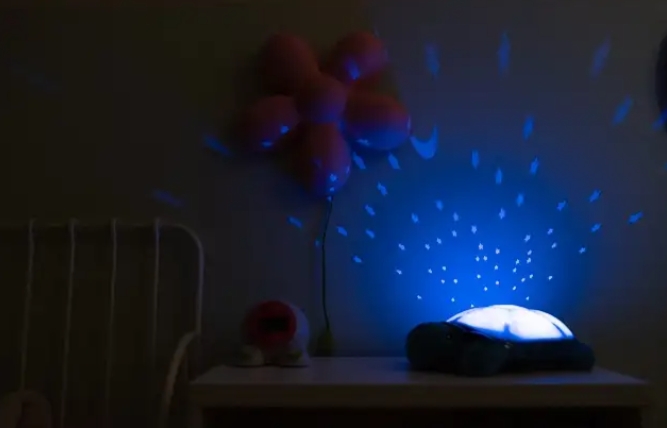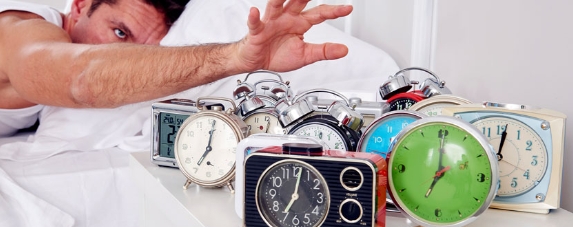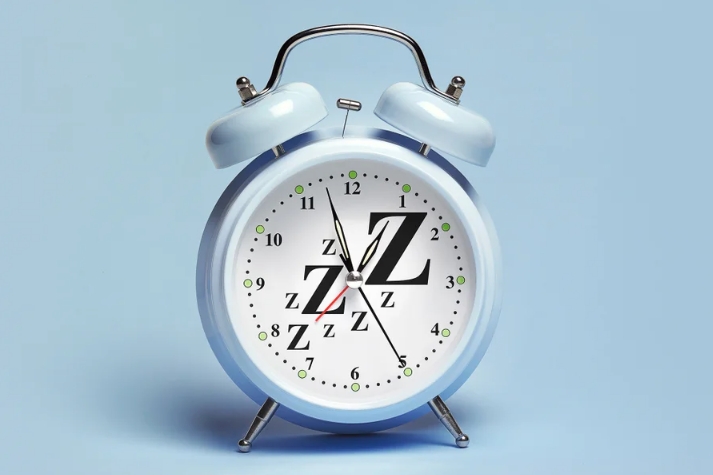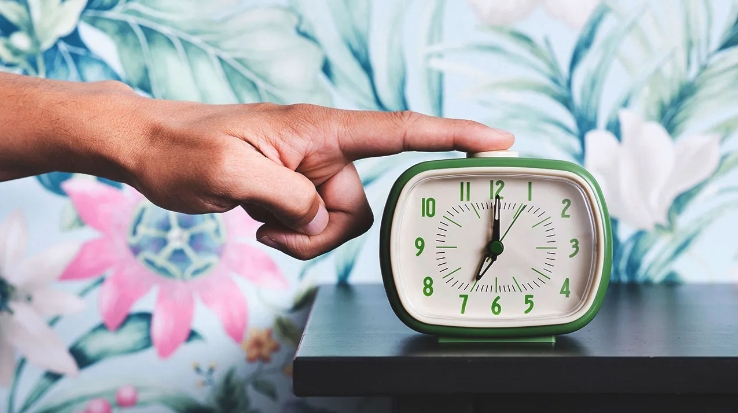Annoying Alarm Sounds Really Do Make You More Grumpy, Study Finds
Nov 11, 2025
Most people have experienced it: the alarm goes off with a sharp, piercing beep-beep-beep, and your day instantly feels worse. It turns out this reaction is not just emotional. Researchers studying sleep and morning behavior have found that harsh alarm tones can directly influence your mood, alertness, and overall morning performance.
Why Harsh Alarm Sounds Hurt Your Mood
1. They Trigger a Stress Response
Loud, abrupt sounds activate your body’s natural “fight-or-flight” reaction. Your heart rate jumps, your breathing quickens, and cortisol rises faster than you can silence the alarm. Starting the day with this sudden stress spike can leave you feeling irritated or unsettled.
2. They Interrupt Your Sleep Cycle Abruptly
Most alarms fire without regard to what stage of sleep you are in. If a harsh tone hits during deep sleep, you wake up disoriented, groggy, and mentally slow. This grogginess—known as sleep inertia—can last from minutes to hours.
3. They Create a Negative Morning Association
When the first thing you hear every morning is a jarring noise, your brain gradually links waking up with discomfort. Over time, this builds a habit of morning grumpiness before the day even begins.
Why Melodic or Gentle Alarms Make a Difference
On the other hand, soft melodies, warm tones, or natural sounds help your brain transition out of sleep more smoothly. These sounds are less shocking, which means:
You wake up with a calmer heart rate
Your brain emerges from sleep more gradually
You feel more balanced emotionally
You think more clearly in the first hour of the day
In short, gentle alarms support a gentler mood.
Your Alarm Choice Shapes Your Morning
Many people underestimate how powerful sound is in shaping emotions. The type of alarm you choose can:
Influence your energy levels
Affect your patience and behavior
Impact how quickly you become productive
Set the tone for the entire day
A harsh alarm sets a harsh mood. A pleasant alarm creates a peaceful start.
How to Choose a Better Alarm Sound
If you want to improve your morning mood, here are simple adjustments:
1. Go for Melodic Tunes
Choose alarms with a simple, musical pattern. Melodies help the brain wake up without shock.
2. Avoid Sharp, High-Pitched Beeps
These tones cause the biggest stress response. Even if you think you’re used to them, your nervous system still reacts.
3. Try Natural Sounds or Sunrise Lights
Sounds like waves, birds, or soft chimes work well.Sunrise alarm clocks use gradual light to wake you even more gently.
4. Keep the Volume Moderate
You need the alarm to wake you, not attack you.
Final Thoughts
Annoying alarm sounds do more than irritate you—they can shape your mood, your energy, and the way you start your entire day. Choosing a softer, more melodic alarm is a small change with surprisingly powerful effects.
Read More
